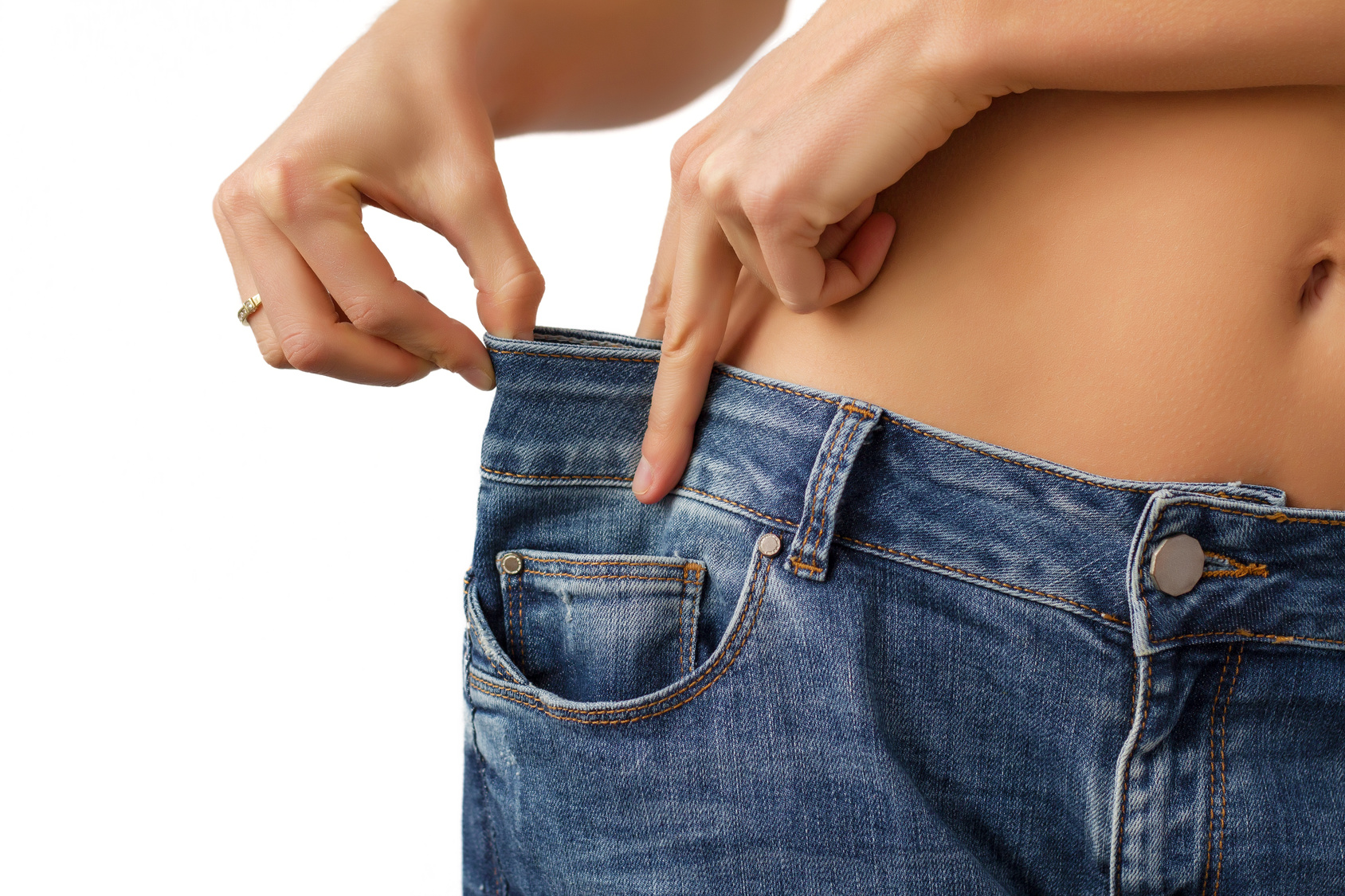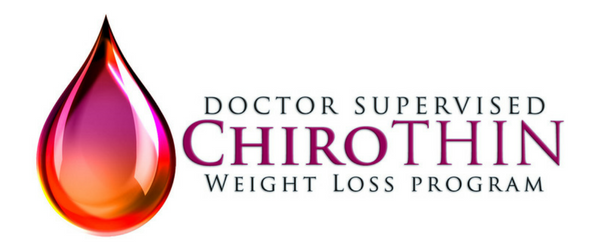
Your bookshelf groans under the weight of diet books and cookbooks, all promising to make the fat disappear within weeks.
A gym membership card sits in your wallet, gathering dust. You stopped going when the weight refused to budge.
And you don’t even want to think about what happened on the Atkins diet.
Most dieters make 4 attempts to lose weight every year. That means at least 3 of their attempts don’t work.
You know how that feels. The disappointment and the frustration.
But could high GI foods be the real reason your weight loss stopped in its tracks? Read on to find out.
What Does GI Mean?
GI refers to the Glycemic Index. It’s a scale that rates carbohydrates based on how much that item raises levels of glucose in the blood compared with pure glucose.
The amount of fiber in the food doesn’t factor into the GI ranking because the body doesn’t digest fiber. It passes through the digestive system to help keep things moving.
The GI focuses on carbohydrates because too many can prompt the body to make too much insulin. That can cause unwanted side effects including extreme hunger and dizziness.
You Can Divide the GI Values into Three Categories.
Low GI is considered anything between 1 and 55. Medium GI foods are rated between 56 and 69. Anything at 70 or more is high.
In general, low GI foods can help you to feel more full. That leads to needing smaller meals and not snacking in between.
Some high GI foods can contain fewer nutrients since they’re highly processed. If you’re going to spend the calories on a meal, it’s better to choose less processed foods like vegetables or whole grains.
You’ll get the energy from the carbohydrates, along with more vitamins and less salt. You can enjoy larger portion sizes too.
What’s the Difference Between High GI foods and Low GI foods?
The body digests high GI foods quickly which causes the spikes in blood sugar. You know that feeling. The mid-morning lull arrives and you reach for a cereal bar to get a sugar hit.
The energy boost is only temporary and it’ll leave you feeling worse when your blood sugar crashes again within a couple of hours.
So what foods are high GI? Think;
- White rice
- Candy
- Ketchup
- Potatoes
- Cereals
- Bread products
- Dates
- Watermelon
Low GI foods break down more slowly. Blood sugar levels and insulin rise gradually so you don’t get the sudden crash after eating them.
Low GI foods include:
- Beans/legumes
- Peppers
- Apples/pears
- Broccoli
- Mushrooms
- Blueberries/raspberries
- Noodles
- Milk
- Oat bran
As you can see, plenty of fruit is low GI if you need to satisfy a sweet tooth but you don’t want to wreck your diet.
Many low GI foods are part of any well-balanced diet, such as fruit, whole grains, vegetables, and low-fat dairy items.
Should You Avoid All High GI Foods?
At first glance, avoiding high GI foods looks like one way to preserve your diet. Swap them out for a combination of low GI foods and protein to enjoy stable blood sugar levels.
That’ll help you to avoid sugar cravings so you’ll stop reaching for snacks when your blood sugar levels drop.
It’s Not That Simple.
Not all high GI foods are unhealthy. Just like not all low GI foods are good options.
Watermelon and dates are both high GI. But they contain a range of nutrients that are good for your body.
Potato chips are low GI foods because the fat they’re cooked in makes them slower to absorb. That fat also makes them less healthy than ordinary cooked potatoes which are high GI.
Only choosing low GI foods could lead to a diet full of salt and added sugar, without the vitamins and minerals your body needs to function.
GI is measured by working out what amount provides 50g of carbohydrates that can be digested. Those carbs include sugar and starch. That doesn’t take portion size into account.
So you can still enjoy a single serving of fruit even if it’s high GI.
What’s the Solution?
Just picking foods because they’re low GI or high GI isn’t a foolproof way to lose weight. Instead, your goal is maintaining steady blood sugar levels during the day.
That way, you’ll feel full for more of the day, leading to fewer urges to snack. And you won’t reach for high sugar options when your blood sugar levels crash.
Combine a high GI food like watermelon for an instant hit of sugar with pineapple. It’s a medium GI food that will continue to release energy after the watermelon hit wears off.
You can even add low GI items like nuts to your high GI cereal to enjoy a steadier blood sugar rise.
Or Swap Them Out.
Exchanging high GI foods like white rice or potatoes for lower GI foods like brown rice or sweet potatoes means your diet doesn’t need to change drastically.
Comparing different versions of the same item is one place to start.
White bread has an average of 75 on the GI. 100% whole grain brain is only 51. It’s essentially the same product, with the same function, but with a better GI rating.
Still want help in deciding what not to eat? We’ve prepared an ebook to help you avoid the top 7 worst foods for weight loss.
Register today to receive your free copy.
Managing Your Diet
Using the Glycemic Index is not in itself a diet plan. Think of it instead as a means of guiding your food choices.
Be sensible about what you pick. High GI foods do have their place. They’re beneficial after exercise to help boost energy levels.
You certainly can achieve the results you see in those ‘before and after‘ photos you’ve seen online. Better health is an added bonus, with lower cholesterol associated with low GI diets.
Weight loss is slower with a low GI diet. But the beauty of weight loss achieved through low GI is the weight loss is easier to maintain.
If you like the idea of low GI foods and you want to lose weight, find a ChiroThin doctor near you.
